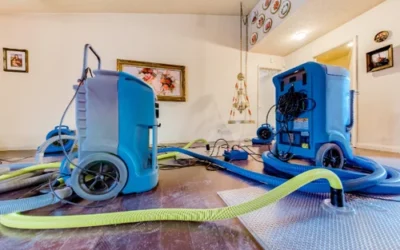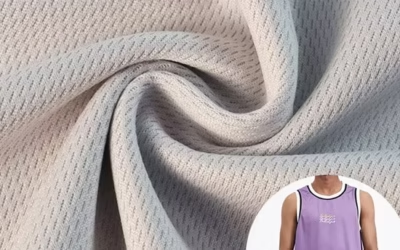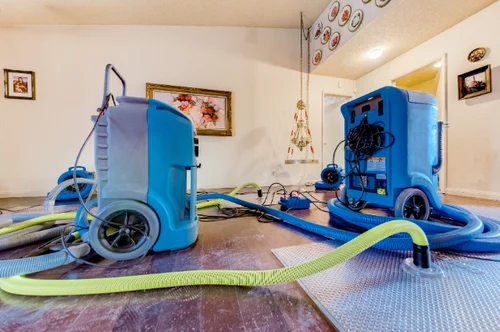Understanding the Role of a Fibrous Plasterer: Skills and Techniques Explained
The world of interior decoration and architectural enhancement relies heavily on skilled tradespeople. One such profession, often overlooked but incredibly significant, is that of the fibrous plasterer. These craftsmen bring ornamental beauty and historical elegance into buildings through specialized plasterwork. This article explores the role of a fibrous plasterer in detail, highlighting the skills required and the intricate techniques involved in their work.
What is a Fibrous Plasterer?
A fibrous plasterer is a specialist within the broader plastering trade who focuses on the creation, installation, and restoration of decorative plaster features. Unlike traditional solid plasterers who apply plaster directly onto walls and ceilings, fibrous plasterers work with prefabricated decorative elements made from plaster, hessian, and timber or metal frameworks. These elements often include cornices, ceiling roses, columns, panel mouldings, and other ornamental designs used to enhance the aesthetics of a space.
The work of a fibrous plasterer is commonly found in heritage buildings, theaters, hotels, and high-end residential properties. Their role combines artistic flair with technical precision, making them indispensable in projects that require detailed, ornamental work.
Historical Significance of Fibrous Plastering
Fibrous plastering has a rich history dating back to the 19th century. It gained popularity during the Victorian and Edwardian eras when grand architectural features became fashionable. Fibrous plaster offered a lighter, more flexible, and less expensive alternative to traditional solid plaster mouldings. This allowed builders and designers to incorporate elaborate features into ceilings and walls without the constraints of heavy and labor-intensive materials.
Even today, fibrous plastering is used in restoration projects to preserve the historic character of buildings. Skilled fibrous plasterers use traditional methods alongside modern techniques to recreate and repair original designs with incredible accuracy.
Core Skills Required for a Fibrous Plasterer
Becoming a successful fibrous plasterer demands a blend of creative, practical, and technical skills. Here are some of the essential abilities:
Attention to Detail
Fibrous plasterers must have an exceptional eye for detail. The decorative nature of their work requires precision and a high level of accuracy to ensure that designs align perfectly and maintain their aesthetic appeal.
Manual Dexterity and Steadiness
The process of moulding, casting, and installing plaster features requires steady hands and excellent hand-eye coordination. Small errors can lead to visible defects, so careful handling is essential.
Creativity and Artistic Skill
Since many of the pieces are ornamental, a fibrous plasterer must have a sense of design and proportion. In some cases, they are involved in the conceptual stages, helping to develop custom features based on architectural styles or client preferences.
Technical Knowledge
Understanding different materials, curing times, adhesives, and finishing techniques is vital. Fibrous plasterers need to be proficient in reading architectural drawings and interpreting specifications for decorative plasterwork.
Physical Fitness
The role can be physically demanding. It often involves lifting heavy moulds, working overhead for extended periods, and navigating scaffolding or ladders on job sites.
Techniques Used in Fibrous Plastering
The work of a fibrous plasterer involves a variety of specialized techniques that separate them from other types of plasterers. Here are the main stages of their craft:
Creating Moulds
The process begins with the creation of a mould, usually made from rubber or silicone for flexibility, which captures the intricate details of the design. These moulds can replicate historical pieces or produce new, custom designs.
Casting
Once the mould is prepared, plaster of Paris (a quick-setting material) is mixed and poured into the mould. To reinforce the cast, fibrous materials like hessian or fiberglass are added. This step is crucial for strength and durability.
Trimming and Finishing
After the cast has set, the fibrous plasterer trims and sands the piece to ensure smooth edges and consistent detailing. The finishing process may also involve applying a surface texture or sealant, depending on the intended final look.
Installation
The final step involves fitting the decorative elements onto ceilings or walls. This stage requires careful alignment and secure fixing using adhesives or mechanical supports. Seamless blending with existing surfaces is essential to achieve a cohesive appearance.
Restoration Work
In addition to new installations, fibrous plasterers often engage in restoration. This involves repairing cracks, replacing damaged sections, or replicating missing parts in historical buildings. Their ability to match original techniques and materials is essential for authenticity.
Tools Commonly Used by Fibrous Plasterers
Fibrous plasterers rely on a range of tools to complete their work efficiently and accurately. These include:
- Moulding tools for shaping and detailing
- Plastering trowels for smoothing and finishing
- Jointing tools to blend sections together
- Mixing equipment for plaster preparation
- Cutting tools for trimming casts
- Scaffolding and ladders for high installations
The mastery of these tools contributes to the quality and precision of the finished product.
Importance of Health and Safety
Like many construction roles, working as a fibrous plasterer involves various risks. From handling heavy materials to working at height, adhering to health and safety regulations is critical. Professionals must wear personal protective equipment (PPE), use secure scaffolding, and follow industry best practices to prevent accidents.
Additionally, understanding material safety—especially when working with dust-producing substances like plaster—is vital. Many fibrous plasterers work in environments where cleanliness and safe handling are paramount to protect themselves and the integrity of their work.
Career Path and Opportunities
The path to becoming a fibrous plasterer typically begins with an apprenticeship or vocational training program. These programs provide hands-on experience under the guidance of experienced professionals. Over time, a fibrous plasterer may choose to specialize in certain types of work, such as heritage restoration or contemporary design.
With experience, fibrous plasterers can move into supervisory or project management roles. Others choose to start their own businesses, offering custom plastering services to a variety of clients. As the demand for skilled trades continues, opportunities in this field remain strong, particularly in restoration and bespoke architectural design.
Conclusion
The role of a fibrous plasterer is one that blends artistry with technical skill. These professionals play a vital part in preserving architectural heritage and enhancing modern interiors through detailed and elegant plasterwork. From mould creation to installation, the techniques they use require patience, precision, and creativity.











